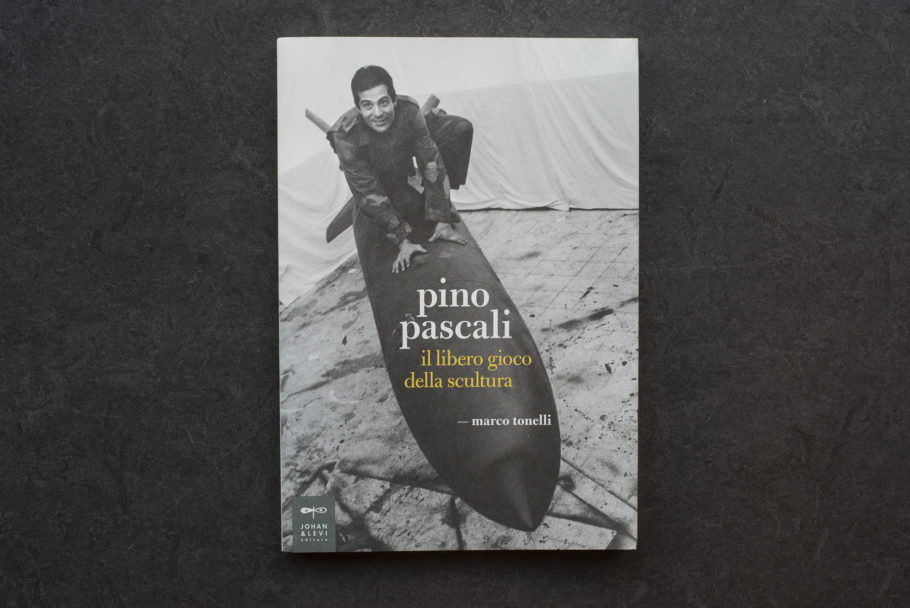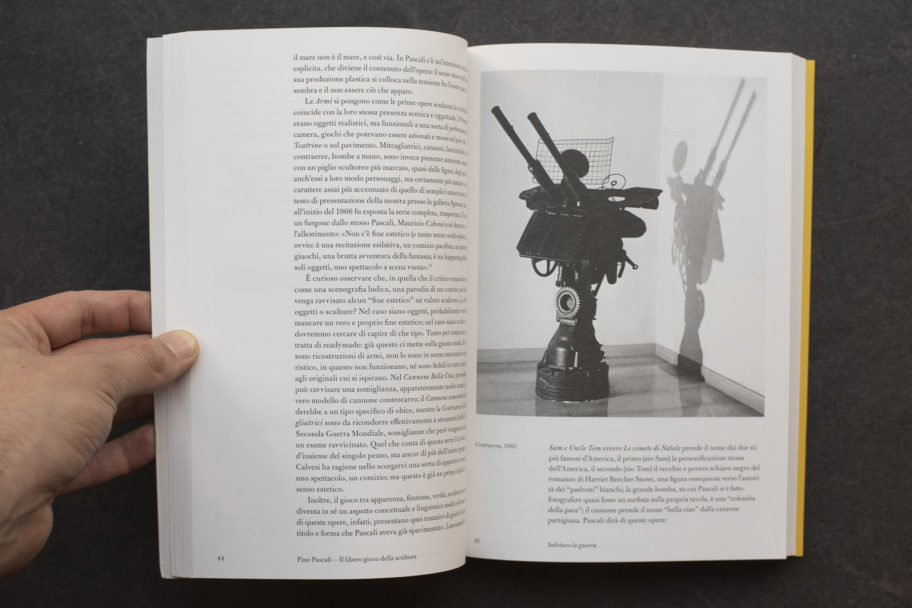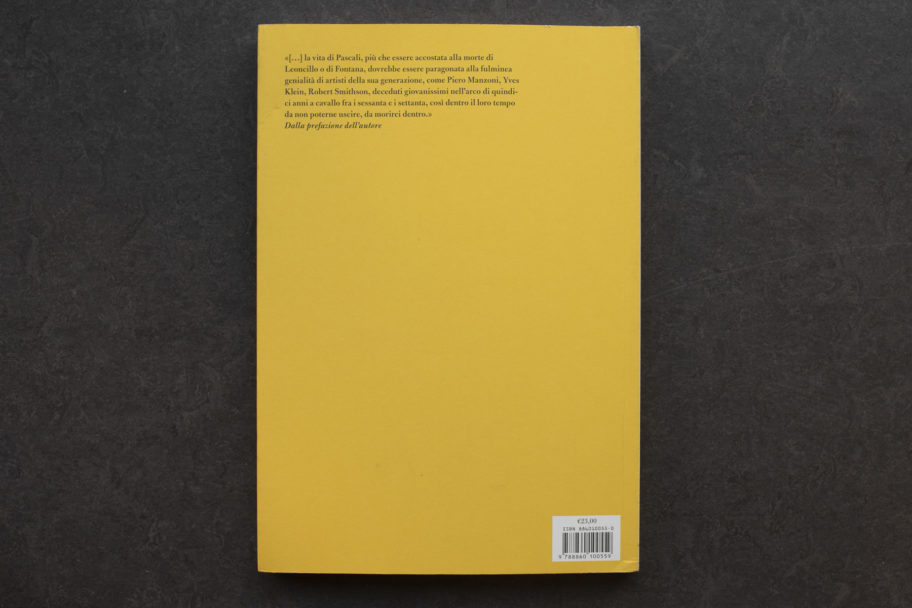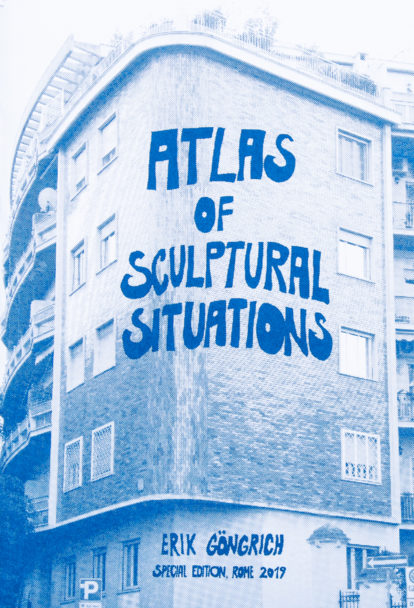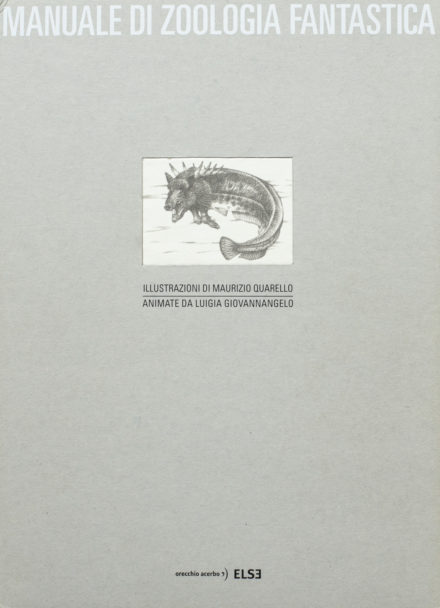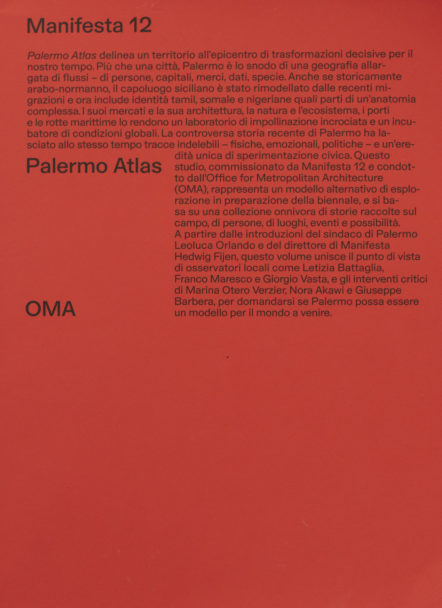
Marco Tonelli, PINO PASCALI – IL LIBERO GIOCO DELLA SCULTURA, 2010
23 Euro
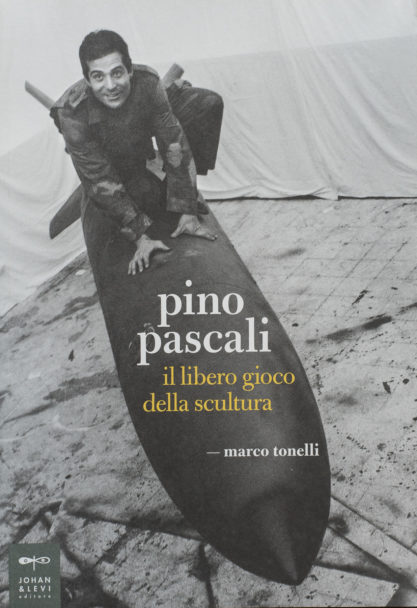
1 in stock
Pino Pascali blazed like a shooting star in the history of Italian art. Born in Bari in 1935 and killed just thirty-three years later in a car crash, he is regarded as one of Italy’s most innovative avant-garde artists of the post-war period together with Boetti and Manzoni. Despite his very short career, he won almost unanimous acclaim in his lifetime through the staggering originality of his talent. In 1968, a few months after his death, the Venice Biennial devoted a room to his work and posthumous recognition soon followed with a series of international prizes and shows in the most illustrious museums of contemporary art. His work now sells for millions.
This book focuses solely on Pascali’s plastic art of the period 1964–68 with brief mentions of his activities in the spheres of advertising, stage design, drawing and performance. In defining the formal processes of his sculpture, Tonelli deliberately eschews exegetic stratifications designed to mythicize the artist and impede effective understanding of his work. Setting aside all curiosity about Pascali as a man and his legend, the author examines his work in thematic and chronological terms, addresses the numerous interpretations put forward by critics and uses Pascali’s own statements to redefine the field of action and meaning of his visual language and trace its origins and precedents.
While Magritte, Savinio and De Chirico constitute inescapable points of reference, Pascali is embedded in a wholly contemporary context, playful, iconoclastic and adaptable, looking forward to some avant-garde movements of the period and possessing an intuitive grasp of the relations between exhibition space, the theatrical nature of exhibition and the limits of sculpture. The book thus attempts the necessary operation of freeing Pino Pascali from his own myth and correcting a partial and misleading image. The reader will discover that the artist’s work is far less ingenuous, child-like, primordial and wild than previously believed.
Marco Tonelli
Johan&Levi
2010
144 pages, 16,5 x 24 cm
46 coloured and b/w illustrations
Italiano
